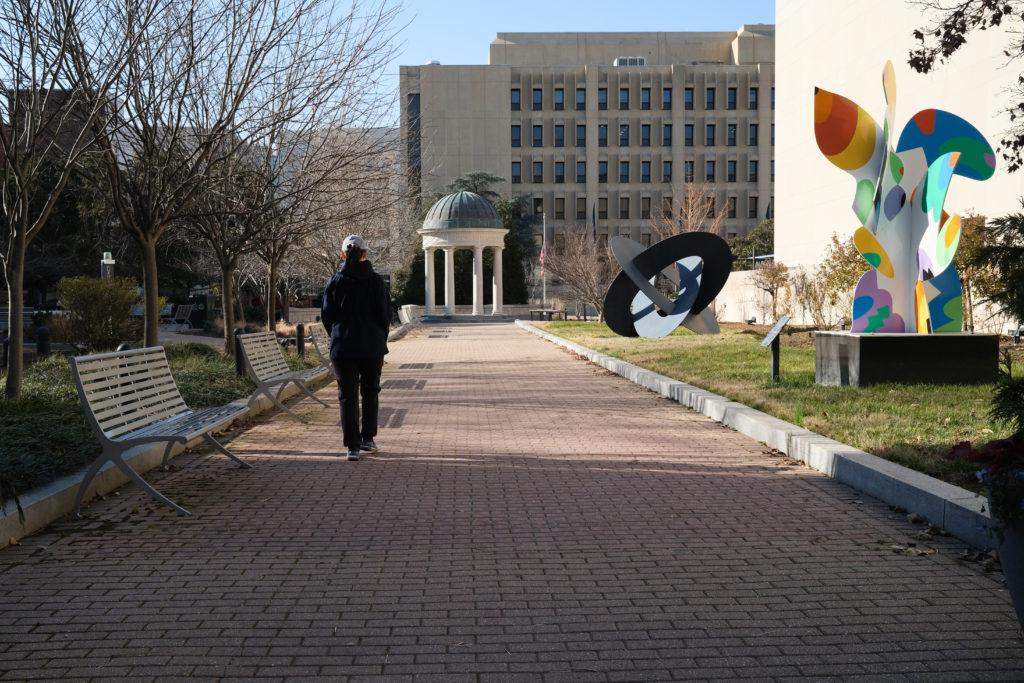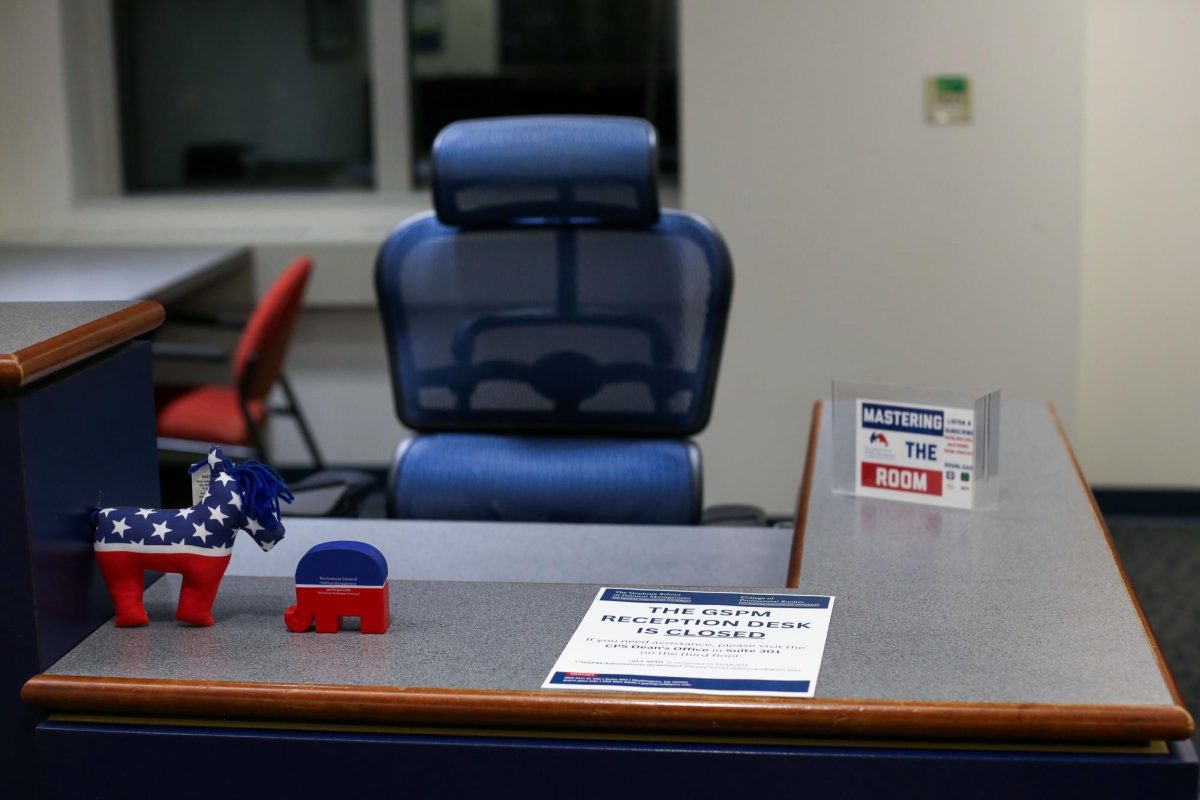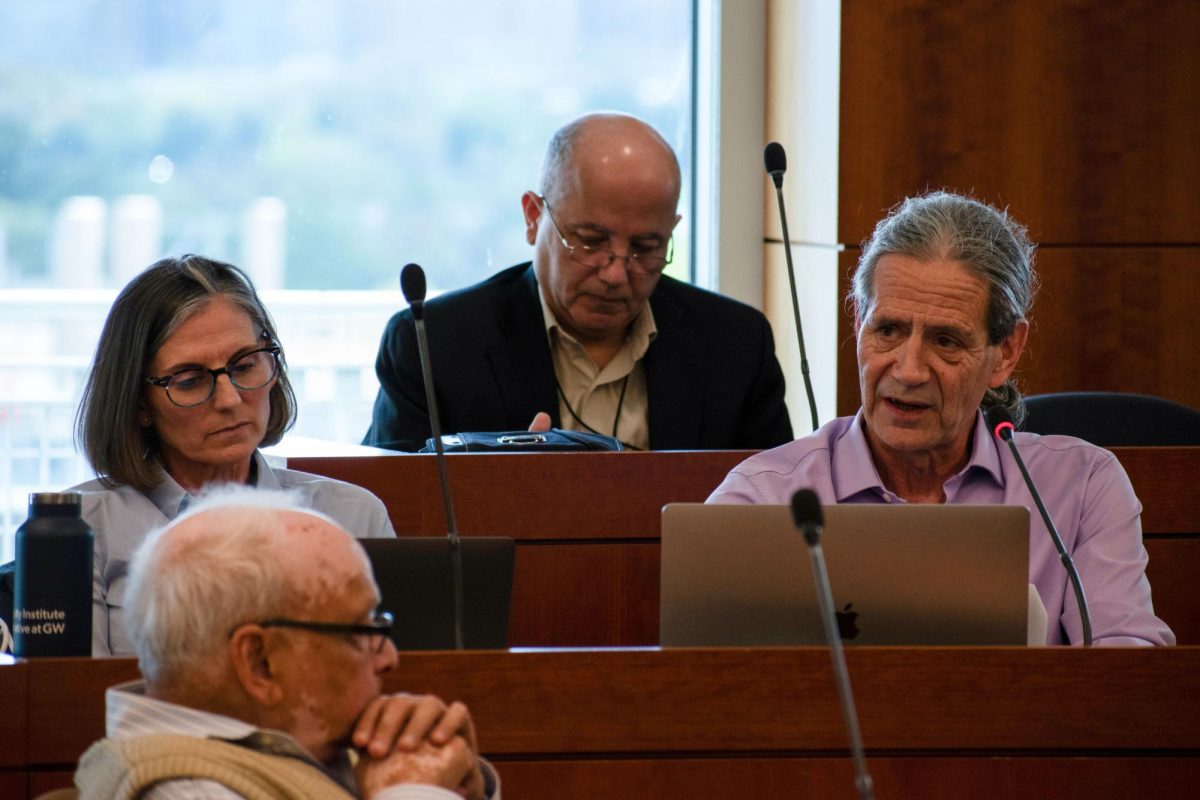GW’s endowment increased in value during fiscal year 2020 by more than $20 million after shrinking the previous year, according to a report officials released late last semester.
The endowment increased in value by 1.35 percent in FY 2020, which ran from July 1, 2019, through June 30, 2020, from $1.779 billion to $1.803 billion. Officials said the pandemic has caused major market shifts, but they have been working to attract new donors to GW’s endowment.
“In the first quarter of 2020, as countries implemented lockdowns to curb the COVID-19 pandemic, global markets declined rapidly,” University spokesperson Crystal Nosal said in an email.
Nosal said GW’s endowment includes a diversified set of investments, which helped prevent severe losses during the pandemic.
“The endowment’s diversified portfolio helped preserve its value amid the market losses,” Nosal said. “In such unprecedented times, financial policies deployed to combat the economic impact of the virus fueled a rapid rebound across global markets and for the endowment throughout the balance of the year.”
The report states officials took a $90.9 million payout in FY 2020, about 5 percent of the endowment’s total value, to support the University financially.
Starting in fiscal year 2021, which began on July 1, a payout of 4.5 percent is planned, which will reduce potential volatility in the payout, according to the report.
Officials had repeatedly said they will not use funds from the endowment to help mitigate the $180 million budget gap for FY 2021 created by the coronavirus pandemic.
In fiscal year 2019, the endowment value decreased by 1.13 percent – about $20 million.
GW raised more than $102 million in FY 2020 from more than 18,000 donors contributing, with $18.8 million designated for the endowment, according to the report.
The University’s endowment includes real estate investments and other assets. Just more than 40 percent, about $750 million, of GW’s endowment is invested in real estate, according to the report.
“The majority of donor-restricted endowment gifts are invested in the Pooled Endowment, together with some of the University’s quasi endowments,” the report states. “The remainder of the endowment is composed of separately managed funds and a portfolio of real estate investment properties.”
The University created 32 new endowment funds in FY 2020, according to the report.
“Our development team works with prospective donors to determine where their interests lie in supporting the University,” Nosal said. “Individual endowments represent the legacy of benevolent donors who invest for long-term growth. These funds convey in a personal way the donor’s values and ideals about the importance of education.”
Higher education fundraising experts said the coronavirus pandemic has caused major shifts in markets, which has negatively affected many investments across the industry.
Ken Redd, the director of research and policy analysis at the National Association of College and University Business Officers, said the current federal moratorium on evictions and people’s hesitation to return to commercial workplaces could affect the value of real estate.
“Commercial real estate will do very differently than residential,” Redd said.
He said even as interest and dividends change from a given gift in an endowment, the existing gift provides long-term financial support to a university.
“Endowments are designed to be long-term, permanent planning funds for universities,” Redd said. “The underlying gift should last forever. That means the interest and dividends that are generated from the gift can be used over time but the underlying value from the gift shouldn’t change.”
Redd said GW’s endowment payout levels are generally on par with other schools across the country.
“The typical endowment withdrawal for an institution is about 4 or 5 percent of the underlying value of the endowment,” Redd said. “For large research universities that could count for upward of 15 percent of the operating budget.”
He added that colleges’ spending rates have not changed significantly during the pandemic.
“What you are seeing thus far is that institutions’ spending rates have not changed very much,” Redd said. “The spending rates are governed by lots of policies and practices that are designed to continue to spend from the endowment even in times of emergency.”
Charlie Eaton, an assistant professor of sociology at the University of California, Merced who researches financial inequality and higher education financial administration, said GW’s endowment payout rate is fairly conservative compared to some other schools. He said universities should have increased their endowment payout rate to avoid cuts that adversely impact vulnerable students and faculty.
Eaton added that beyond increasing donation levels overall, focusing on unrestricted donations provides officials more flexibility.
“It is really important for donors and fundraisers to ask for the donations to be unrestricted so the university can use the donations to cover the operating budget to keep the university going and thriving,” Eaton said.
Martin Van Der Werf, the associate director of editorial and postsecondary policy at the Georgetown University Center on Education and the Workforce, said real estate holdings in an endowment may not necessarily see a significant increase in value over a given year, potentially explaining the only slight increase overall in the endowment this year.
“If you have a piece of property and you haven’t sold it, you are really dependent on how outsiders value it,” he said. “That may not increase that much in one year.”








